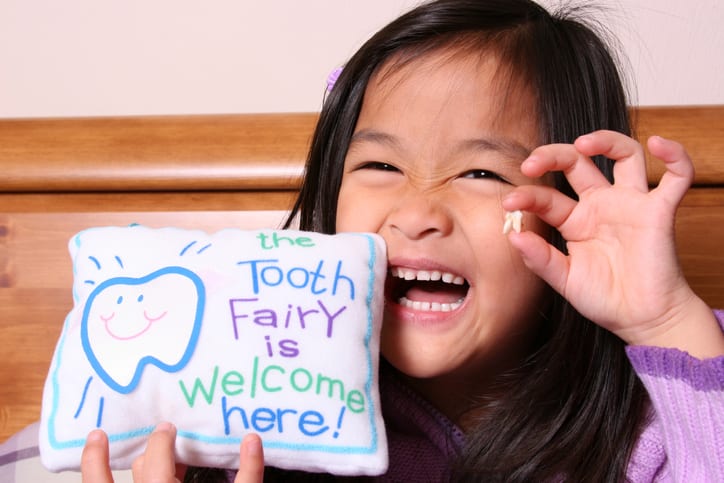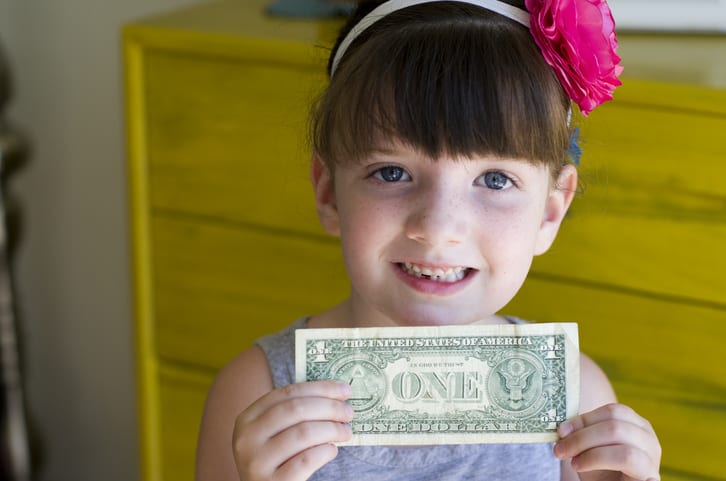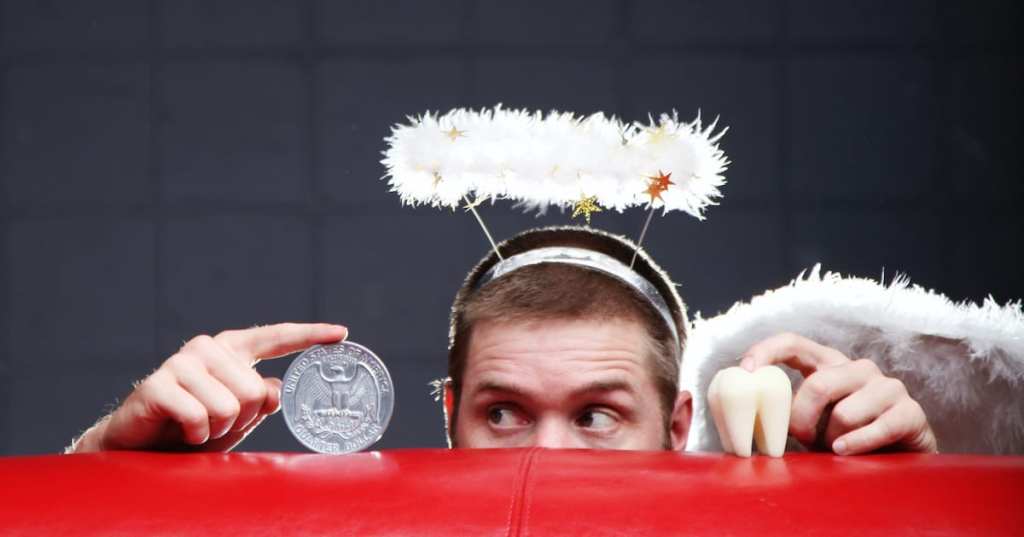Trending Now
There are so many traditions that we follow without thinking too hard or too much about it, and I’ve gotta say…if we thought more about how a woman supposedly breaks into our house at night to steal our discarded teeth, I really don’t think we would be so excited for those couple of bucks.
Or, back in my day, that fifty cents.
But how did this legend come to be? Why did we all just decide to go along with it?

Image Credit: iStock
Let’s read on to find out!
While the mythology behind Santa Claus and the Easter Bunny are fairly easy to track, the origins of the Tooth Fairy are a bit more mysterious.
Anthropologist, science writer (and mother) Kristina Killgrove went looking for answers were her 7-year-old started asking questions, and says she was “surprised that the tooth fairy is a comparatively new legend.”
“She started to take off with the boomer generation getting paid for their teeth, and was cemented in encyclopedias and the media with Gen X.”
What makes her different, too, is that she’s secular as opposed to being tied to specific religious traditions.
Though some point to a 13th century Norse tradition of a “tooth fee,” paid when a child lost their first baby tooth, dentist Dr. Sal Colombo says we have to look much closer in history to uncover the truth.
“The more modern tooth dairy as we know it was first referenced in an editorial from the Chicago Daily Tribune in 1908, which at the time valued the tooth fairy’s contribution at 5 cents.”
If you’re wondering, parents are shelling out an average of $4 a tooth these days.
Yikes.

Image Credit: iStock
In yet another take, a 2014 piece in Salon claims the legend took off in the 1970s, when a woman named Rosemary Wells really dug deep into the saga.
“Dr. Wells was a professor teaching scientific writing at Northwestern University’s dental school in the 1970s, when she realized there was little information about the origin of the tooth fairy legend.
She worked on tracking down the origin and surveyed Americans on their tooth fairy practices fo 20 years, before starting a small museum in her home dedicated to the tooth fairy.”
Michael Hingston, who wrote the piece in Salon, says that even though the tooth fairy is a recent creation, “rituals surrounding tooth loss date back much further…”

Image Credit: iStock
In fact, every human culture of record has had some sort of traditional practice surrounding the loss of baby teeth, though they have varied over time.
The Tooth Fairy is simply the American iteration of the tradition and folklore, blending previous traditions and putting their own unique twist on it – as they have done with so many things since their inception.
You’ll have to decide for yourselves how you want to address the losing of teeth and potential payment for them in your house, but now you know how the tale came to be!






